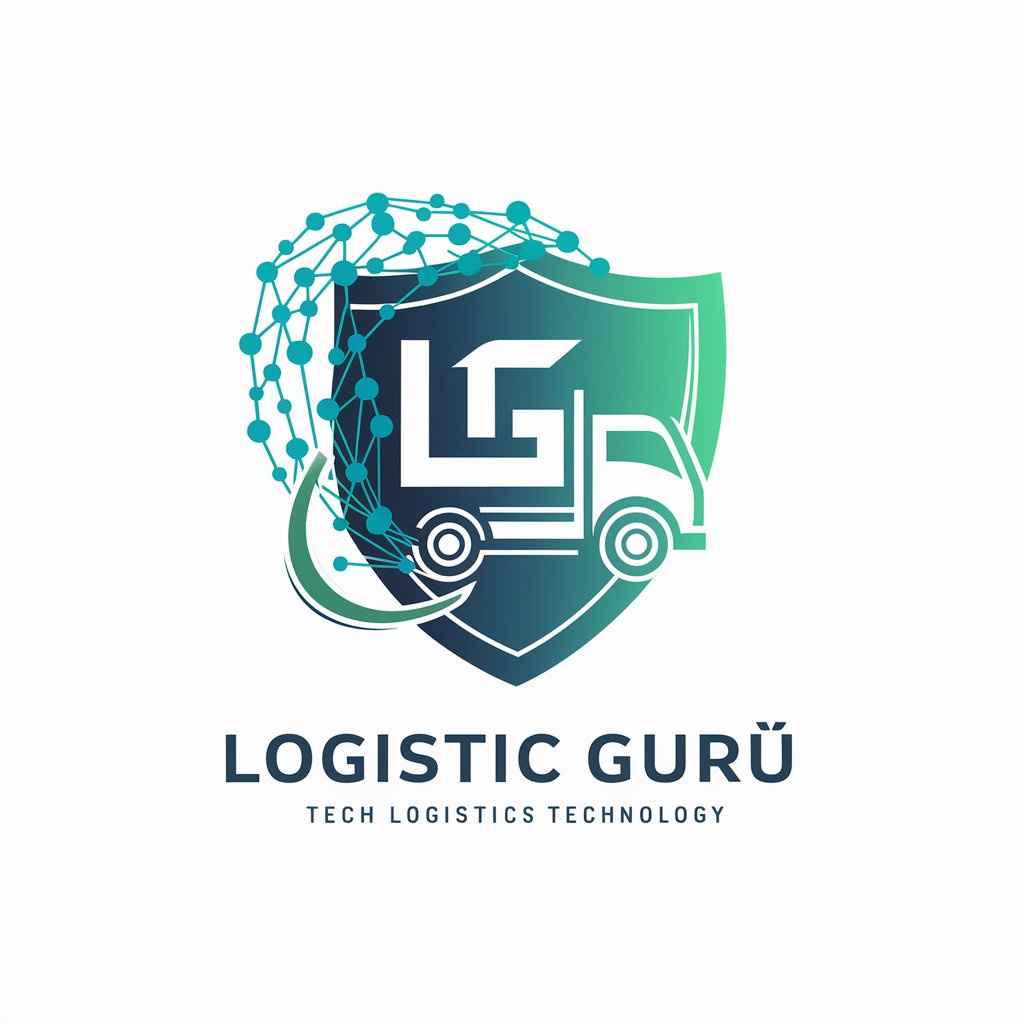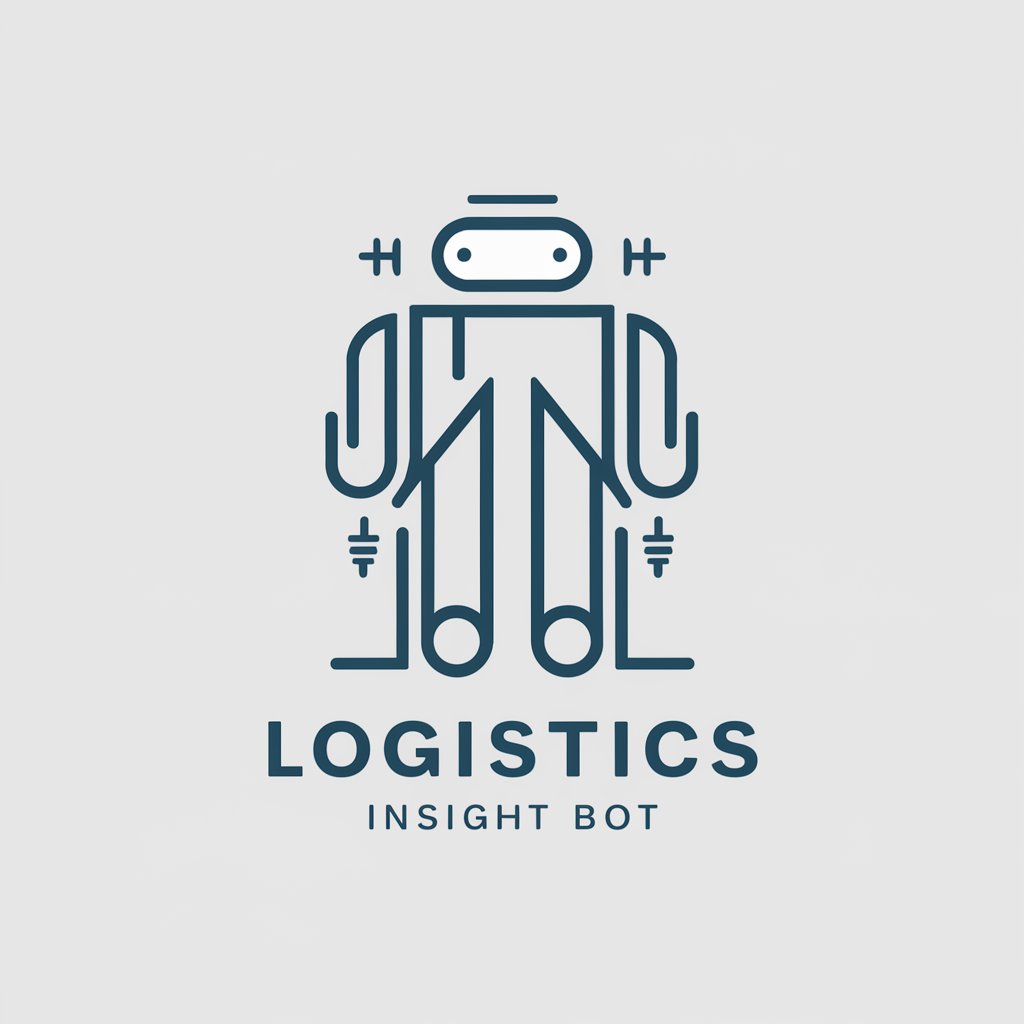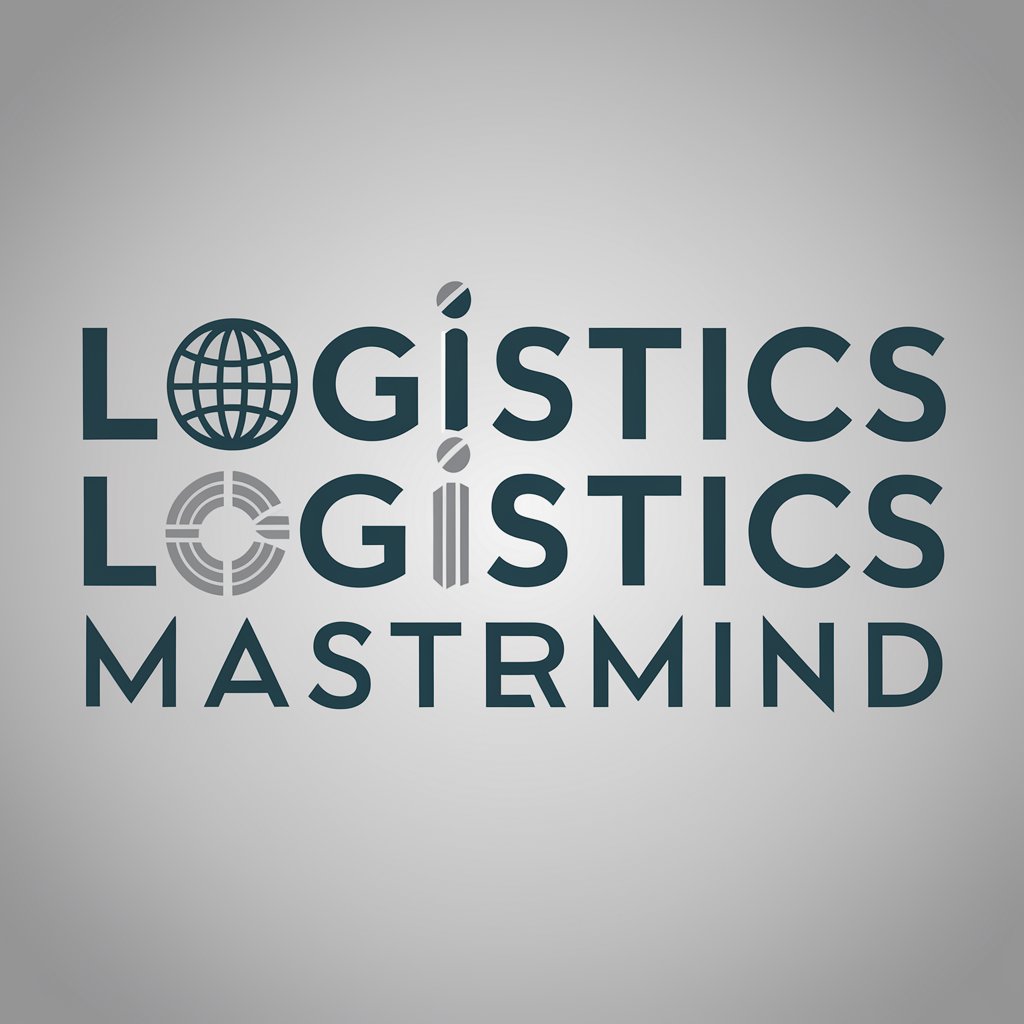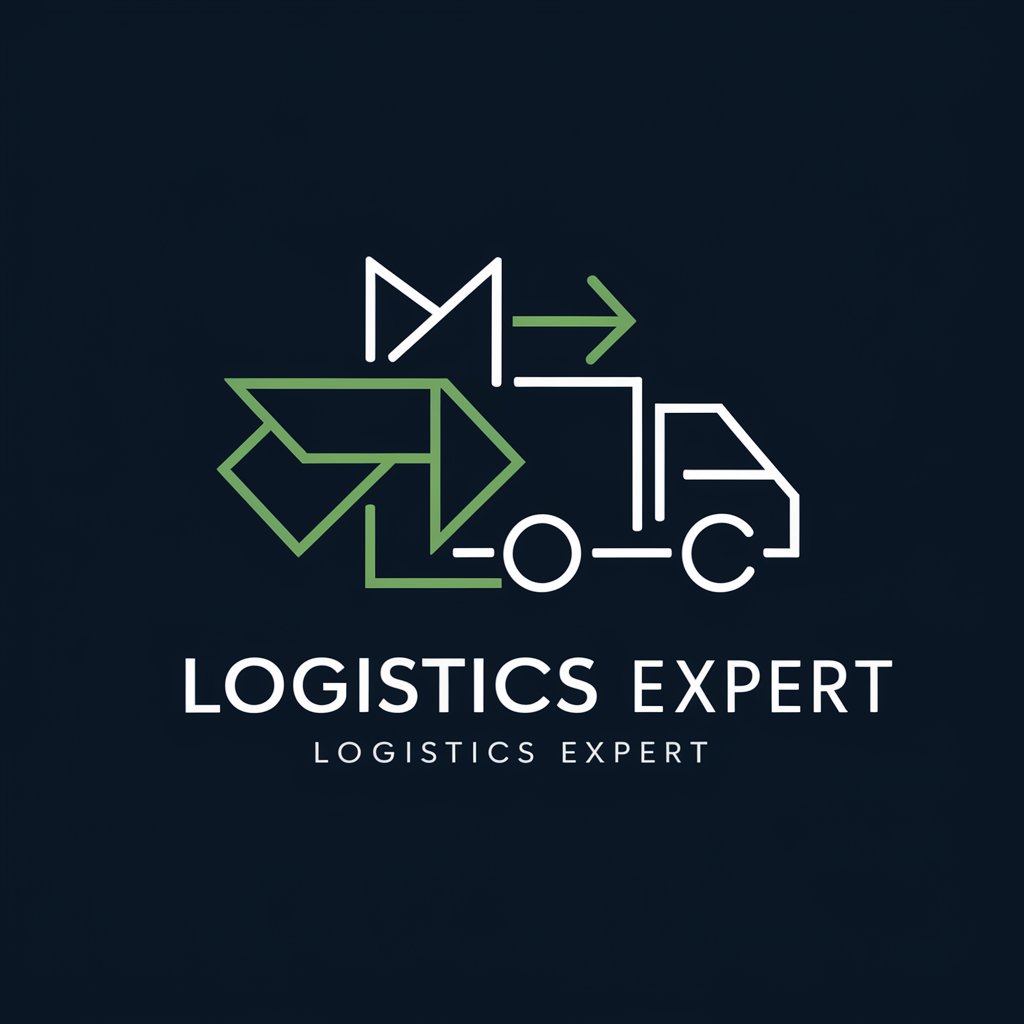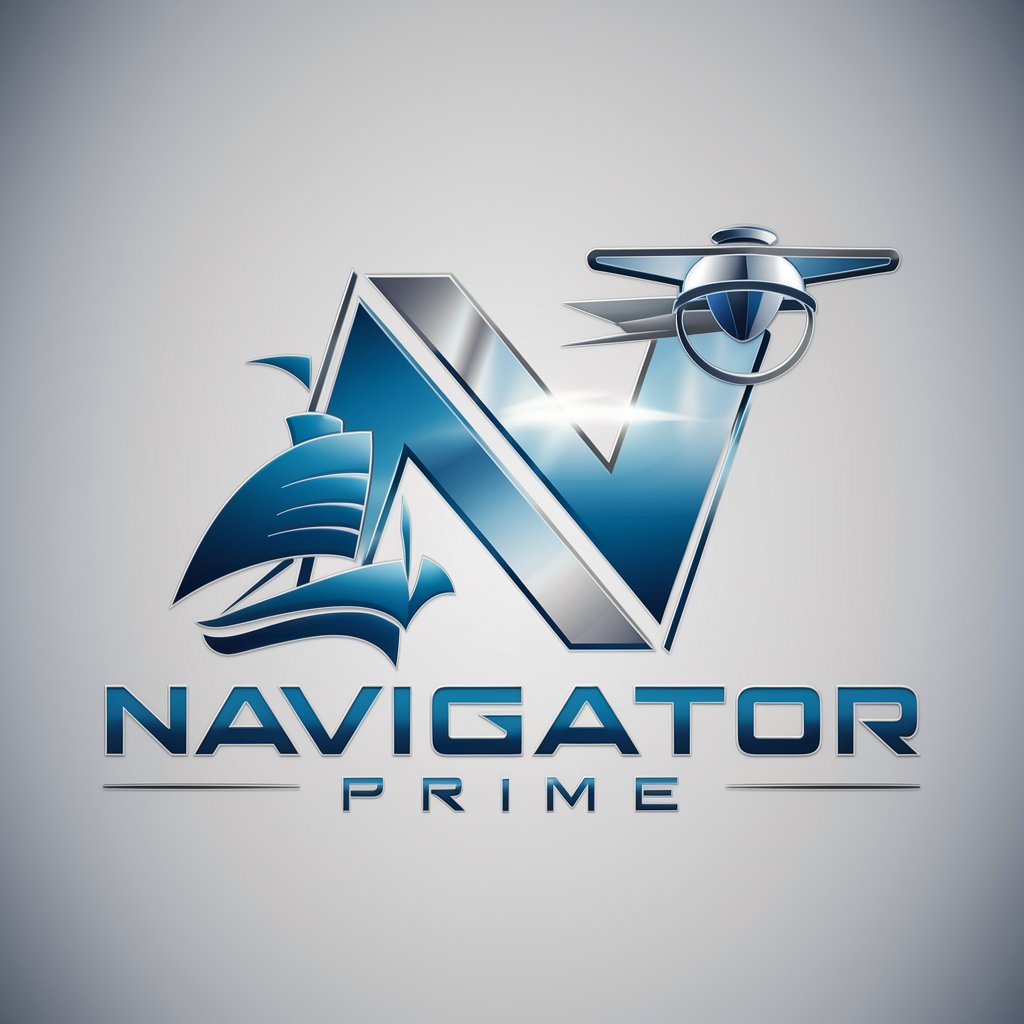
Logistic technology Integration - AI-powered Logistics Integration
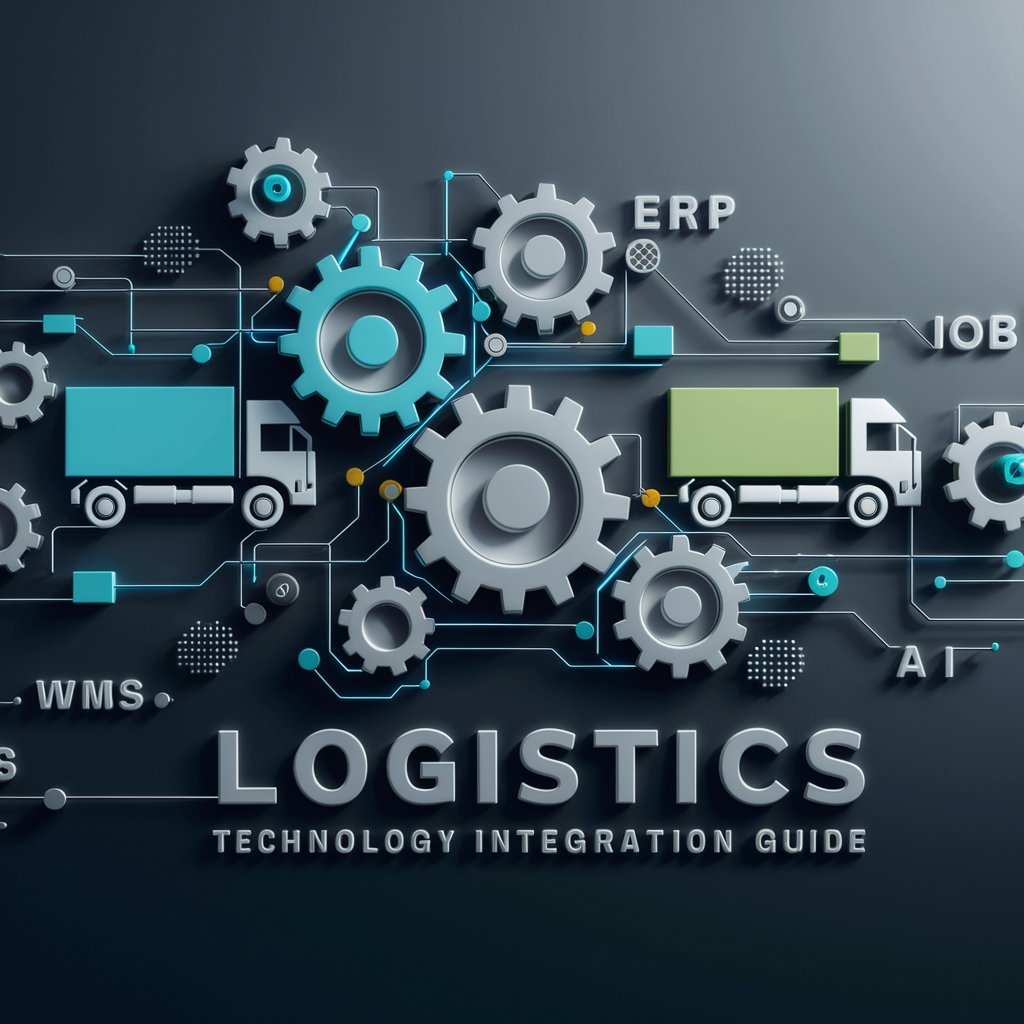
Welcome! Let's optimize your logistics technology integration.
Streamlining logistics with AI innovation
Explain the benefits of integrating TMS, WMS, and ERP systems in a logistics operation.
How can IoT enhance warehouse management and efficiency?
Discuss the role of AI and robotics in modern transportation logistics.
What are the key considerations for selecting a WMS for a large distribution center?
Get Embed Code
Overview of Logistic Technology Integration
Logistic Technology Integration (LTI) refers to the strategic application of technology solutions within the logistics, transportation, and warehousing industries to enhance operational efficiency, improve supply chain visibility, and optimize resource management. It involves the integration of various technological systems such as Transportation Management Systems (TMS), Warehouse Management Systems (WMS), Enterprise Resource Planning (ERP) systems, Internet of Things (IoT) devices, Artificial Intelligence (AI), and robotics into the logistical operations. For instance, integrating a TMS can streamline route planning and freight management, while AI applications might predict demand or identify inefficiencies. A practical scenario illustrating LTI's purpose could be a distribution center automating its inventory management and order fulfillment processes using robotics and IoT devices, significantly reducing manual errors and increasing throughput. Powered by ChatGPT-4o。

Core Functions of Logistic Technology Integration
Enhanced Operational Efficiency
Example
Automating the entry and storage of inventory data in a WMS to reduce manual data entry and errors.
Scenario
In a retail distribution center, integrating barcode scanning and RFID technologies with the WMS automates inventory updates, streamlining restocking processes and reducing discrepancies between actual stock levels and system records.
Improved Supply Chain Visibility
Example
Leveraging GPS and IoT sensors for real-time tracking of freight movements.
Scenario
A logistics company uses GPS tracking and IoT-enabled trucks to monitor the real-time location and condition of shipments, enabling proactive management of delays and optimizing delivery schedules.
Optimized Resource Management
Example
Using AI and analytics for demand forecasting and inventory optimization.
Scenario
A manufacturer integrates AI-driven analytics into its ERP system to forecast product demand accurately, ensuring optimal inventory levels are maintained across multiple warehouses, thus reducing excess stock and improving cash flow.
Target User Groups for Logistic Technology Integration Services
Logistics and Supply Chain Managers
Professionals responsible for overseeing supply chain operations, who can leverage LTI to gain real-time insights, automate processes, and make data-driven decisions, thereby increasing operational efficiency and reducing costs.
Warehouse and Distribution Center Managers
Individuals in charge of managing warehouse operations, who benefit from LTI by automating inventory management, enhancing order fulfillment accuracy, and improving employee productivity through robotics and WMS integration.
Transportation Managers
Managers focused on optimizing transportation operations who can use LTI to implement advanced TMS solutions for route optimization, carrier selection, and freight audit, ensuring cost-effective and timely delivery of goods.

Guide to Using Logistic Technology Integration
Begin Your Journey
Start by visiting yeschat.ai to initiate a free trial effortlessly, with no requirement for login or subscription to ChatGPT Plus.
Define Your Needs
Identify your specific logistics challenges or areas of improvement, such as warehouse management, transportation optimization, or inventory tracking.
Explore Features
Navigate through the platform's features and tools that cater to your needs, such as TMS for transportation, WMS for warehousing, or ERP for overall logistics.
Engage with AI
Utilize the AI-powered advice and analytics tools for insights on efficiency improvements, cost reductions, and enhanced operational performance.
Leverage Community Insights
Participate in the user community for shared experiences, best practices, and innovative solutions to common logistics technology challenges.
Try other advanced and practical GPTs
Logistics Expert Consultant
Optimize logistics with AI-driven insights
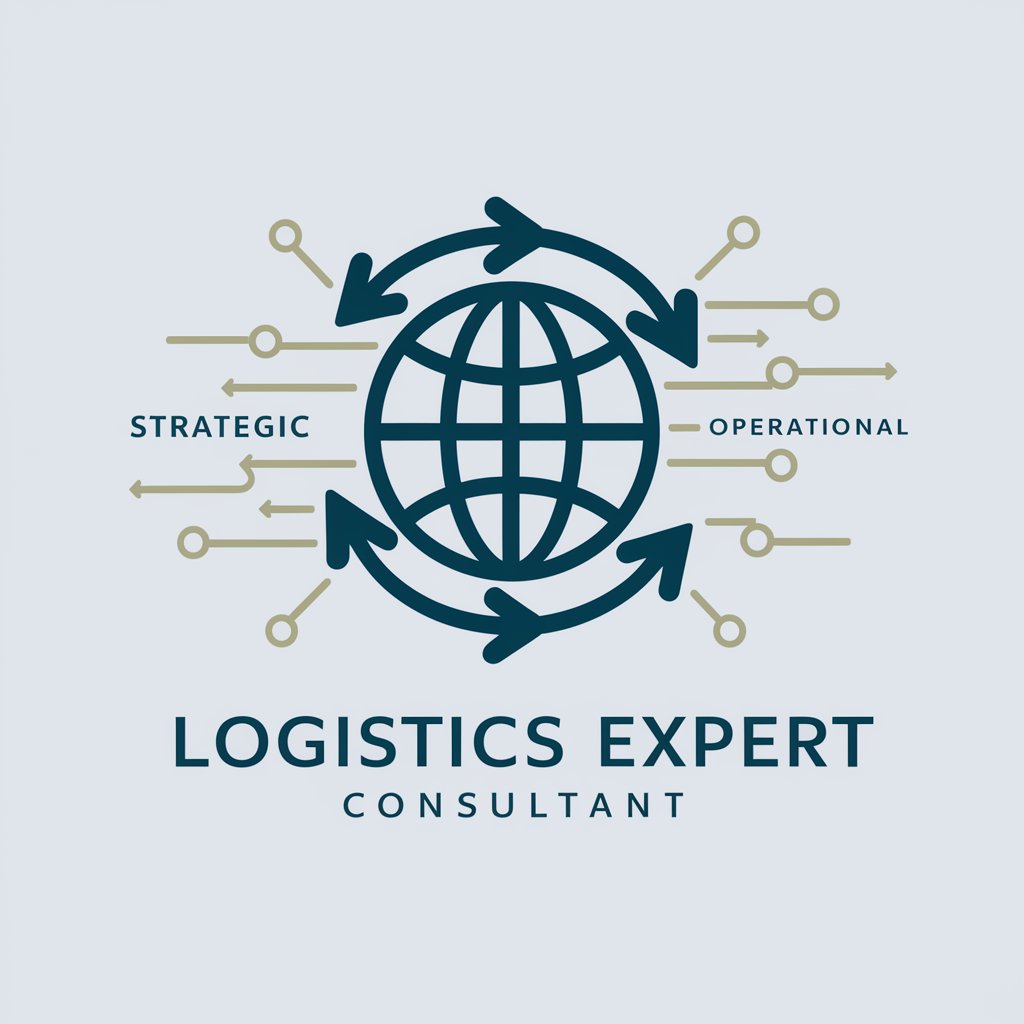
Link Me In
Maximizing LinkedIn with AI-Powered Insights

Bonjour Buddy
Master Canadian French with AI Conversations

Sail
Navigate Your Dream Seas with AI

Code Commit Assistant
Automating precise commit messages with AI.
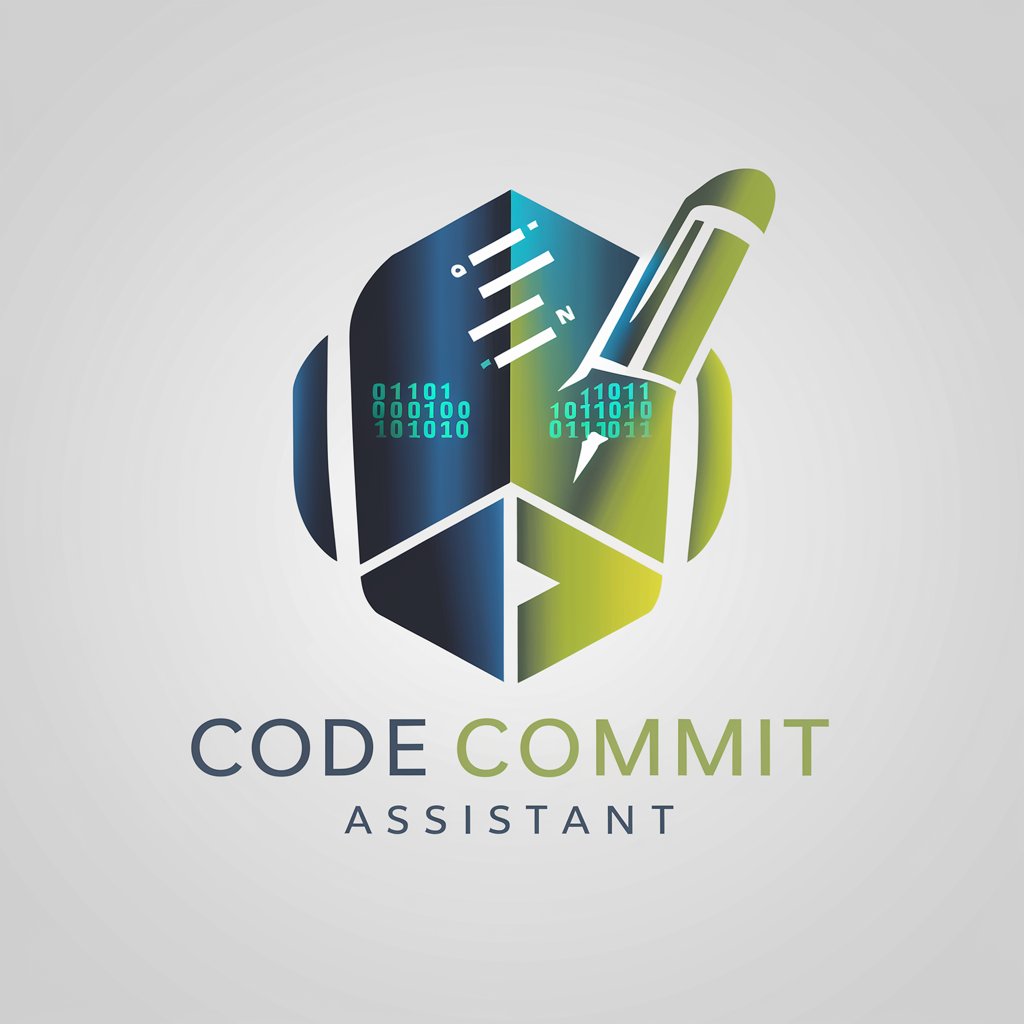
Insight Analyst
AI-powered Health Insight Generation
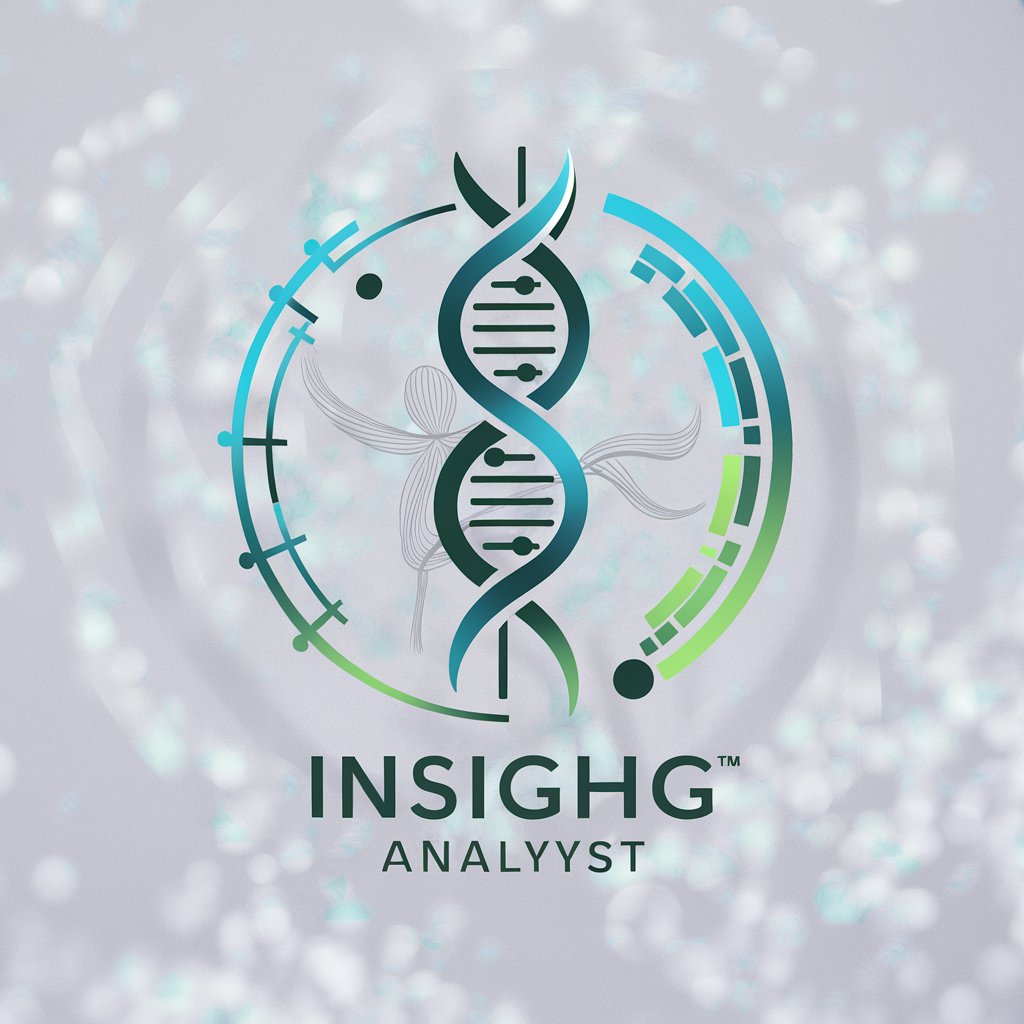
Excel Architect
Streamline warehousing with AI-driven Excel guidance.

Paranormal Hauntings
Unlock the mysteries of the paranormal.

Mixed Martial Arts Mastermind
AI-powered Mastery of MMA

Hydrodynamics Tutor
Empowering fluid dynamics learning with AI.

Fluid Dynamics Engineer
Streamline Your Design with AI-Powered Fluid Dynamics
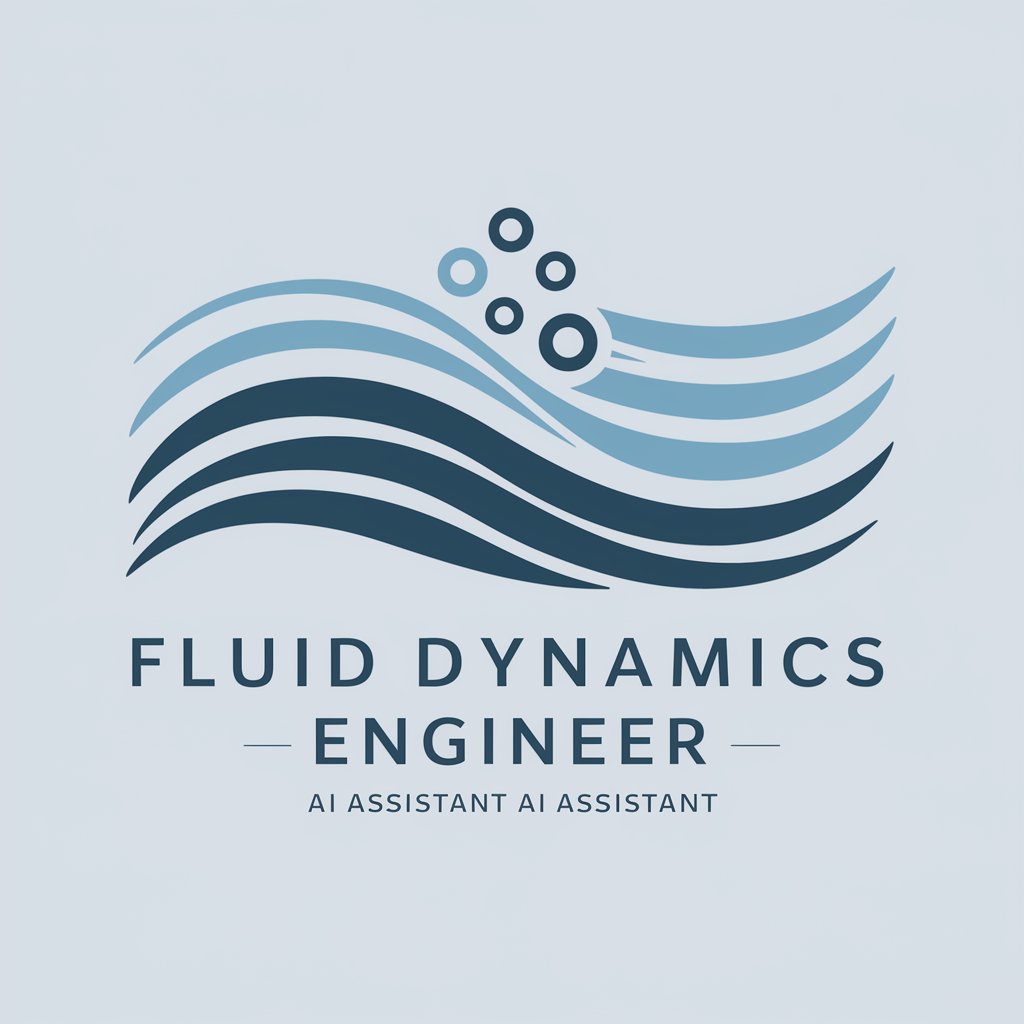
Executive Strategist
Strategize Smartly with AI-Powered Insights

Frequently Asked Questions on Logistic Technology Integration
What is Logistic Technology Integration?
Logistic Technology Integration involves the systematic use of TMS, WMS, ERP, IoT, AI, and robotics to streamline and optimize logistics, transportation, and warehousing operations, improving efficiency and reducing costs.
How does AI contribute to logistics optimization?
AI enhances logistics by providing predictive analytics for demand forecasting, optimizing routes and inventories, automating warehouse operations, and offering real-time decision-making support for managers.
Can Logistic Technology Integration help with sustainability?
Yes, by optimizing routes, reducing waste, and improving overall efficiency, logistic technologies significantly contribute to eco-friendly operations and sustainability in the supply chain.
What role does IoT play in logistics?
IoT devices collect real-time data from equipment and goods, enabling tracking, monitoring, and management of assets throughout the supply chain, enhancing visibility, and operational efficiency.
Is there a community or forum for Logistic Technology Integration users?
Yes, there's an active user community for sharing insights, best practices, and solutions to challenges faced in logistics technology integration, fostering a collaborative environment for innovation.
